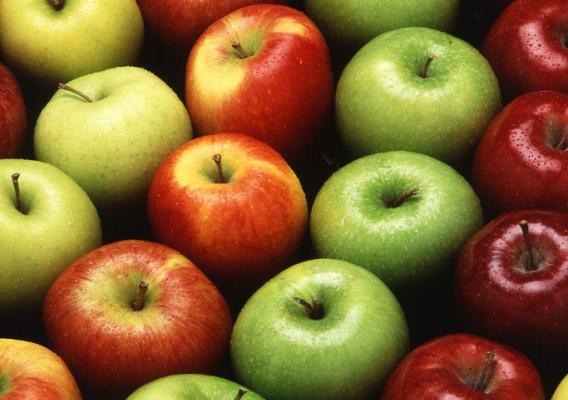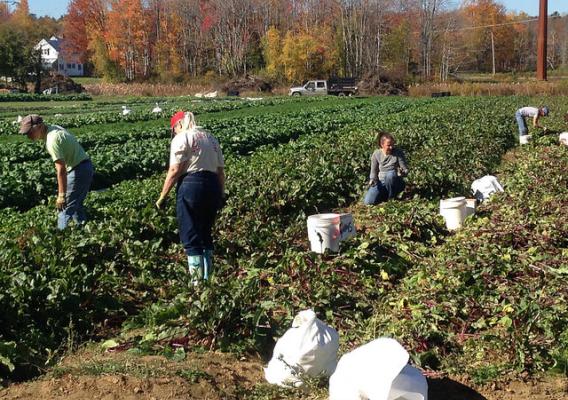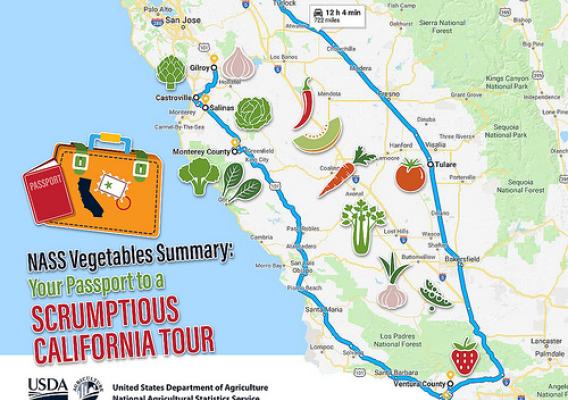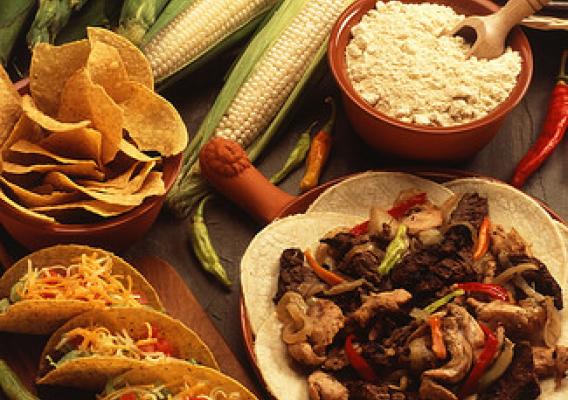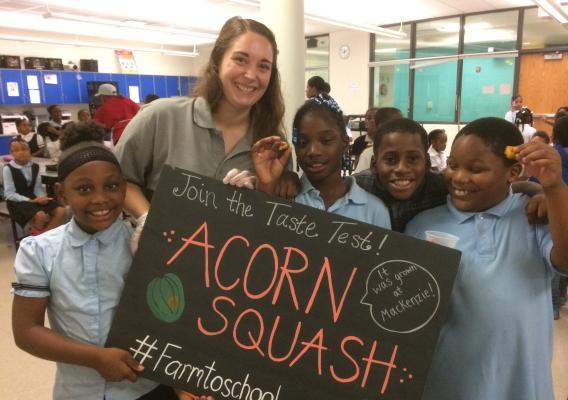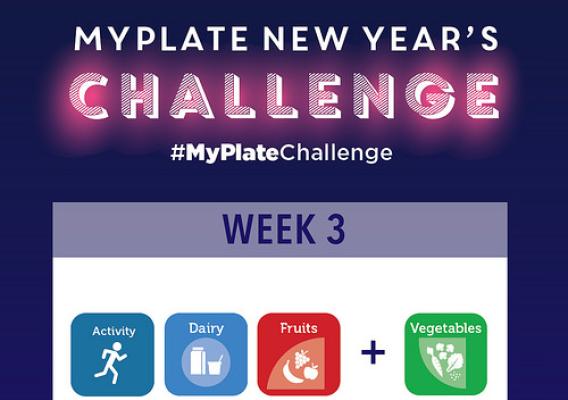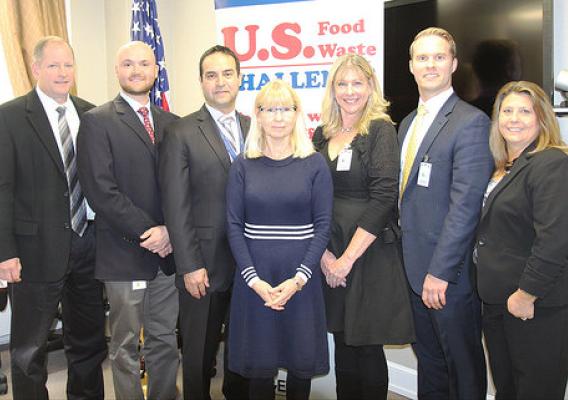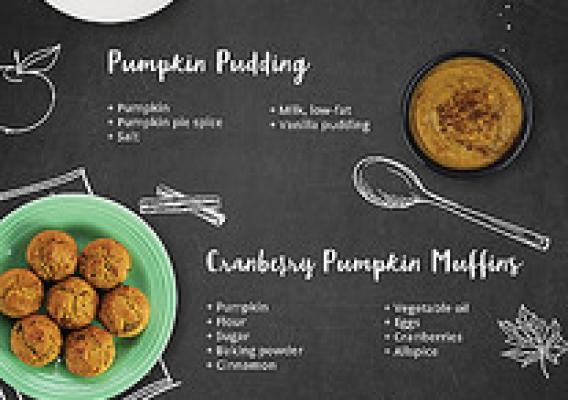Did you know that nearly one-third of the food available to U.S. retailers and consumers never makes it to the dining room table? That’s 133 billion pounds of food going to waste--all of which has far-reaching impacts on food security, resource conservation, and climate change. Experts have projected that reducing food waste by just 15 percent would provide the equivalent of enough food for more than 25 million Americans every year.
That’s why my agency, USDA’s Agricultural Marketing Service (AMS), decided to help tackle the problem by sponsoring the Terminal Market Food Waste Challenge. Produce markets across the U.S. joined the friendly 90-day competition by making sure that usable fruits and vegetables were not thrown away. While these fresh foods weren’t picture-perfect supermarket quality or simply didn’t sell, they were healthy, wholesome foods that could be made into juices, added to animal feeds, used for compost, or donated to charity.

